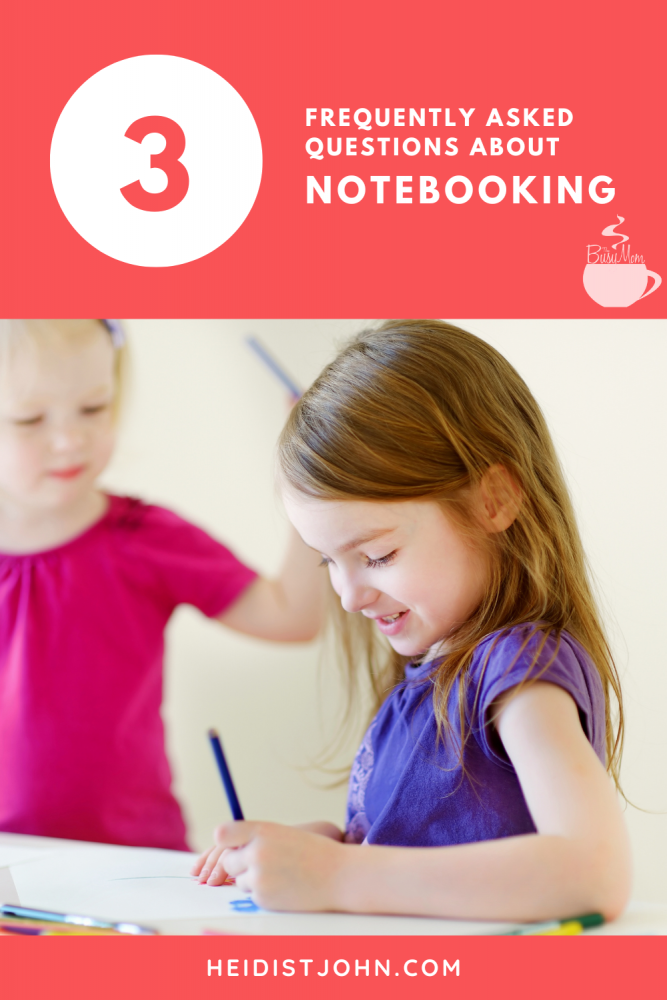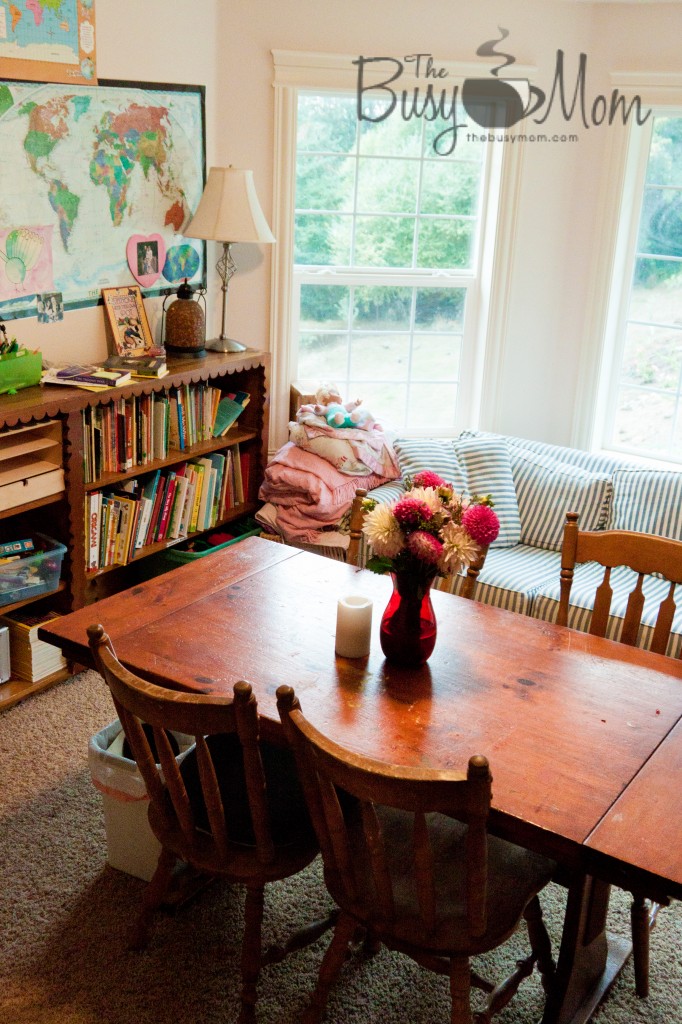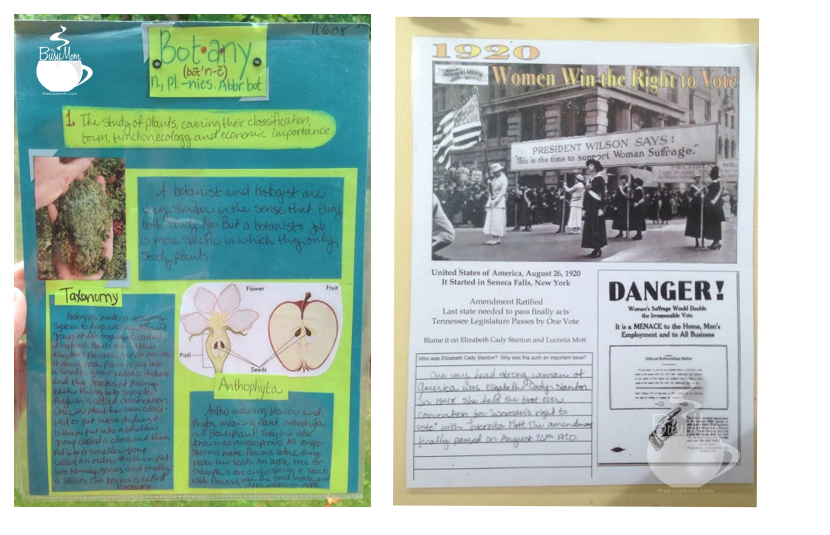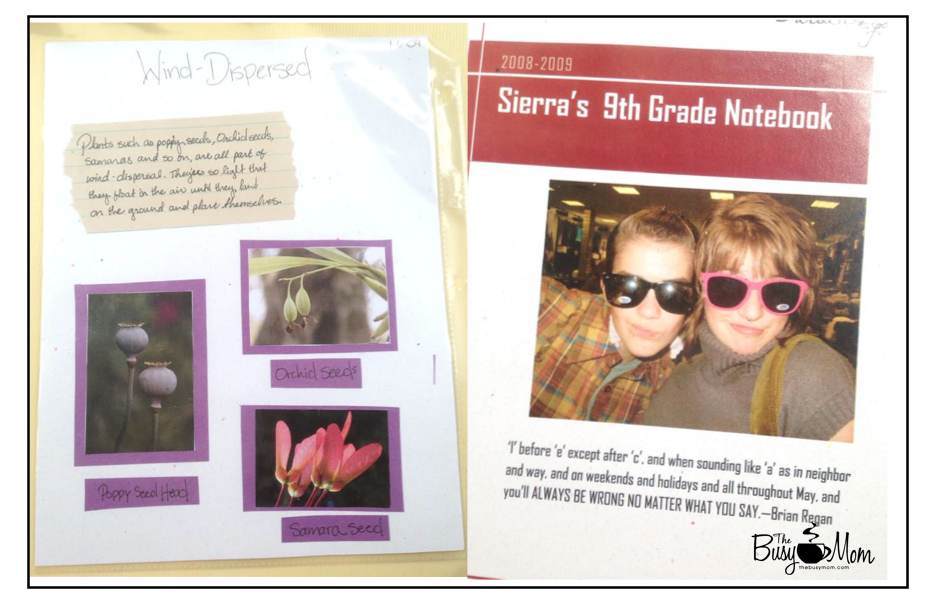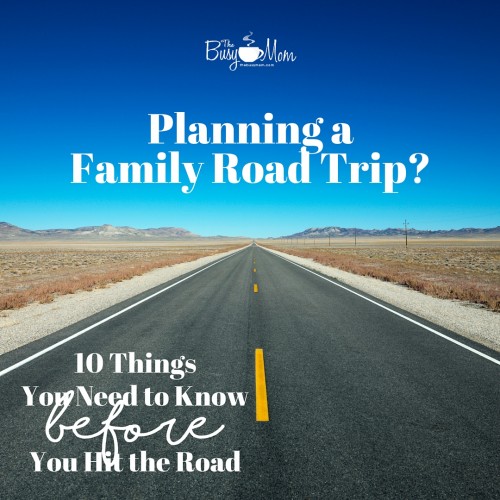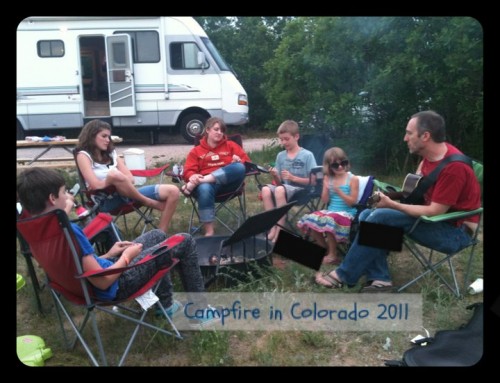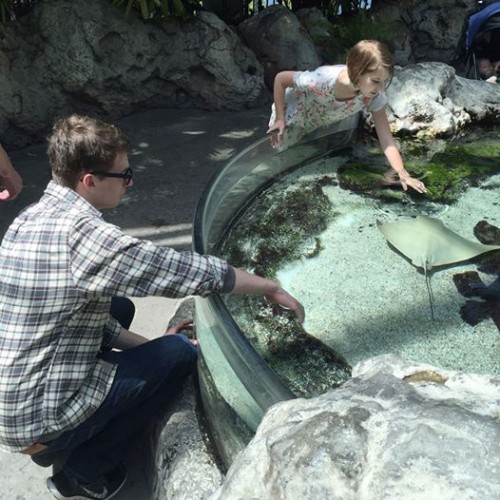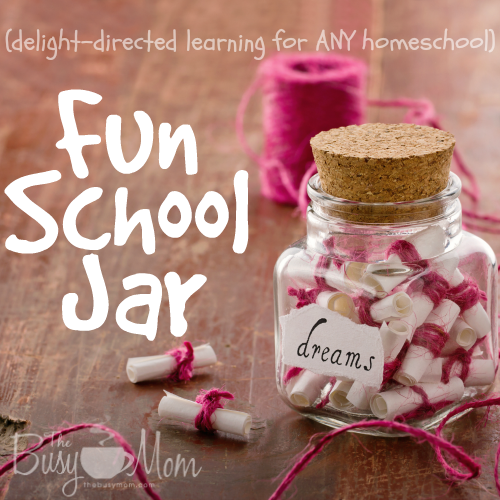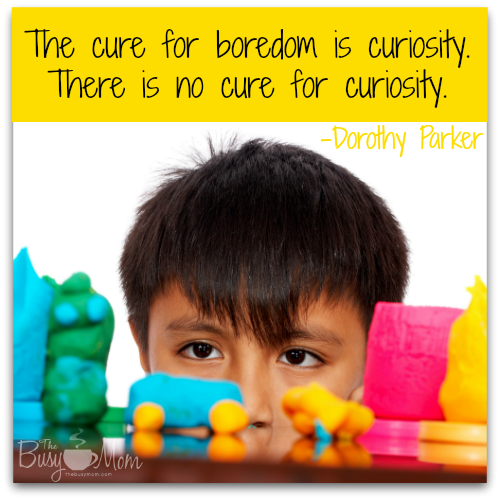When I started homeschooling in 1998, I did the only thing I knew how to do: I set up a “real” classroom in our and ordered a million dollars worth of workbooks. (At least it felt that way.) And we did okay … for a while.
We were about six months into it when I began to notice that the “life” I had longed for was just not happening with the workbooks. For the kids, it was just “business as usual,” as we went about our school day; there was no chance for creativity outside of the prescribed worksheet. They seemed bored and disinterested. Another thing that frustrated me was that each one of my children was studying something different; the first grader and third and fifth-grader were all doing a different era of history. Different sciences. Even different Bible lessons.
I was frustrated. I was hoping for more “togetherness” in our studies and less fragmented days. I didn’t miss the craziness of taking my daughter to school every day. I was hoping for more of a “one-room schoolhouse” approach in our homeschool, and having so many different workbooks and textbooks was not answering my heart’s cry to simplify our learning together. So, I began to search.
It was 2005 when I discovered something called lapbooking. (I love lapbooking so much that I wrote an eBook on the subject.) Shortly after that, I learned about notebooking. These two things literally changed the way we homeschool.
If you’re looking for a way to simplify your homeschool, keep reading. Notebooking might be just the answer you need.
What is Notebooking?
This is by far the most frequently asked question I get when it comes to notebooking, so I’ll make this as simple as possible. 🙂
Notebooking is simply teaching your child to write about and illustrate what they are learning in school. Notebook pages are stored using a 3-ring binder and sheet protectors. You can use pre-made notebooking pages or, you can use my favorite method—which is to let the child design it. Original is always better than not, right? 🙂
Over the years, we have done a mixture of these kinds of notebooking. I also keep a few pages here and there of traditional “workbook” pages in their notebooks. It serves as a reminder and *proof* that we’ve actually accomplished something that year. Occasionally I will open the notebooks to remind myself.
A few other FAQ’s about this:
What do you use? I use 2″ or 3″ binders. They can be found on sale all the time over at Amazon and of course, you can find them at your local Walmart.
When do you notebook? We do it one day a week. I keep a running list of the things we are studying on a whiteboard in our kitchen. We take one day each week to create notebook pages. It’s not something we do every day. (Do you feel relieved yet?)
How do I start Notebooking?
Every family who notebooks does it a little differently. At our house, we notebook just one day each week. Usually, we do it at the end of the school week. I’ll try to break it down for you a little by putting it into steps.
- Keep a running list of the things you’re studying. We write them on a whiteboard. For example, last year during a week in October, we studied:
- the parts of a flower
- Joseph is sold into slavery (Firmly Planted, Book 2)
- Times Tables the Fun Way
- The Civil War
- I let my children choose things off the list to write about based on their age. For example, the 3rd grader chooses two things that really made her eyes light up. She will make two notebook pages about those two things. The older they are, the more pages they can create. Four is about the limit for “original” pages, so if you have a high schooler, you might ask them to create a page about each of the four things I listed above.
- We make a mess. Messes are good when they’re signs of a creative, engaged child! Get out the cardstock, glue, scissors, sheet protectors, colored pencils and crayons. Let your children be creative.
- Create a page! Sometimes, I use notebooking templates that I find on the internet, or I create my own on our home computer. My favorite way by far to create pages is to simply let the children make their own. You’ll need to show them examples, and if they are young, you’ll need to help them draw lines, etc., but after that, let them spread their creative wings and fly!
- When notebook pages are done, put them in sheet protectors and put them in your binders. Don’t forget to put a DATE on each page! I like to keep our binders in chronological order. It really helps with reference points at the end of the year.
- Add other pages you are doing in school; the occasional math page or language lesson. All of these will serve to help you create a wonderful portfolio of your child’s work. They’ll love looking back over it.
Favorite Resources For Notebooking
These are a few of my favorite things:
- Lapbooking Made Simple – my new eBook about Lapbooking. (great to use in tandem with notebooking)
- Five in a Row’s Notebook Builder (Notebooking Templates)
- Sheet protectors
- Glue sticks
- Decorative Scissors
- Avery binders (3″ and 2″)
- Colored Pencils
- Fine-tipped Sharpie markers
- Stickers (used to decorate pages)
- Pens & Pencils (duh, but I had to throw it in here.)
Bottom line: Notebooking can help you be more creative with your children, learn more and enjoy it more. Give it a try!
Shop Heidi’s Amazon Store for Homeschool resources, recommendations, and more!
